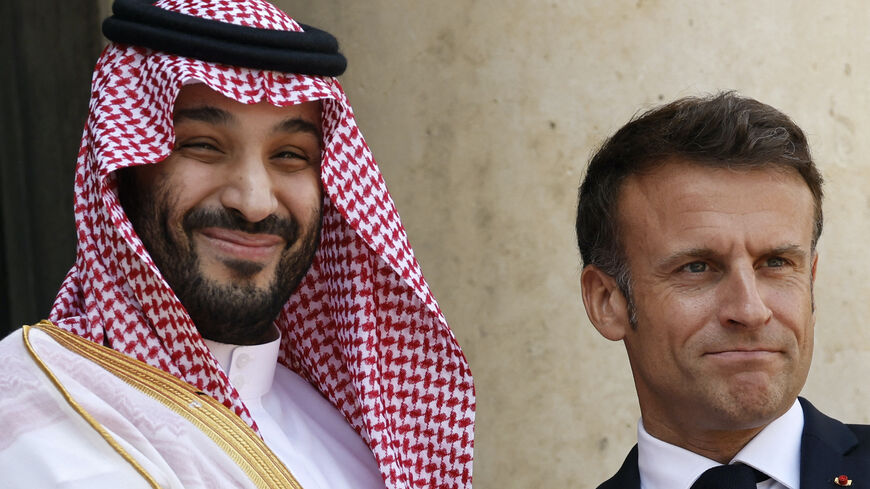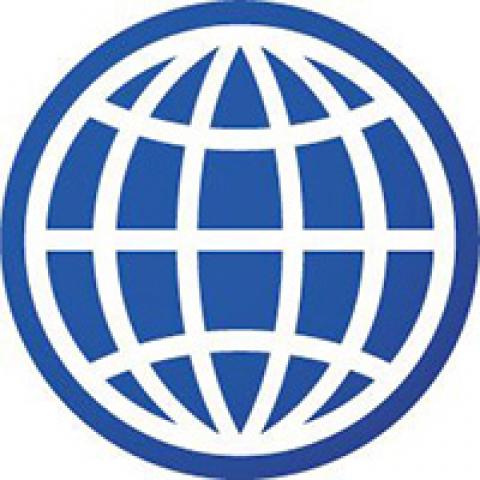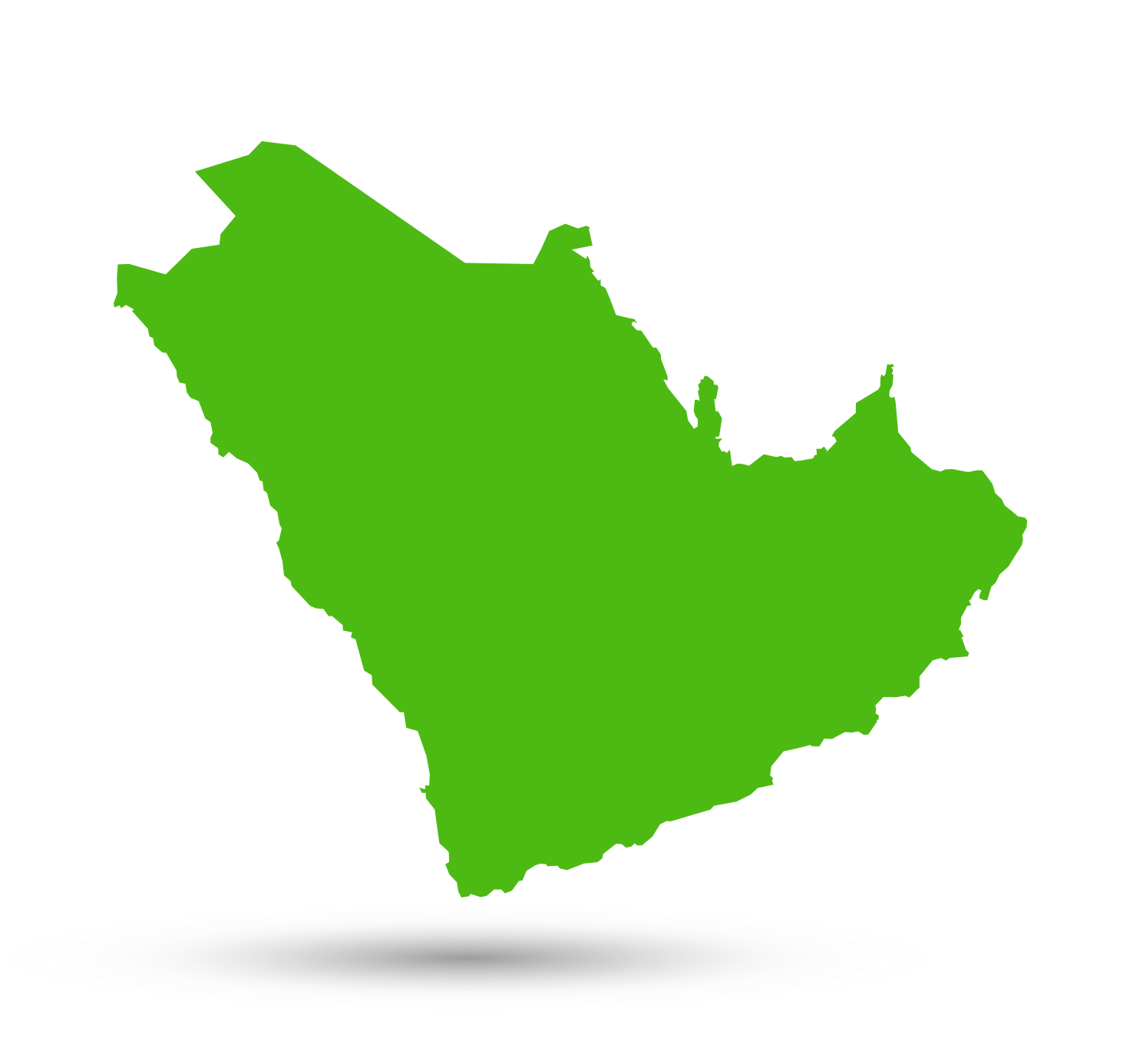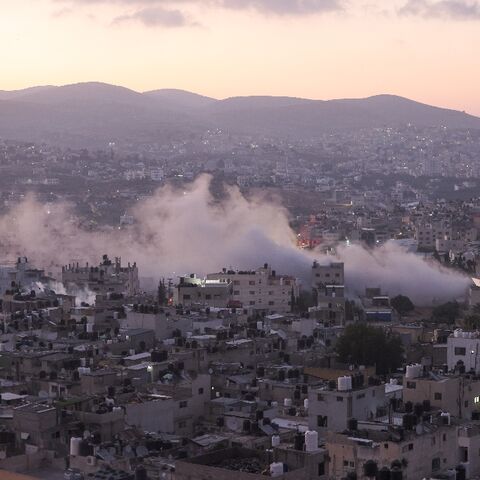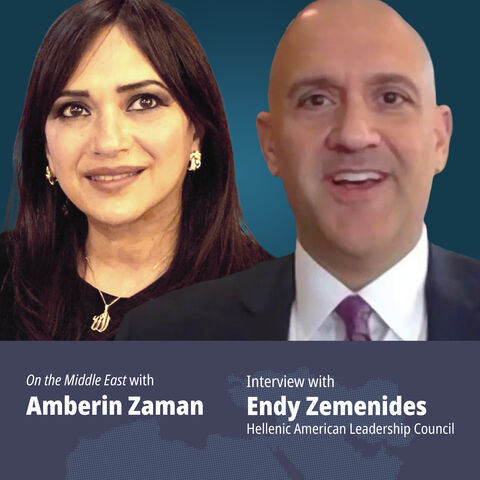PARIS — Although Paris traffic was in gridlock, French-Saudi relations went into a new, higher gear this week.
French President Emmanuel Macron said his country is prepared “to support Saudi Arabia in strengthening its defense capabilities” and that French companies are ready to back the kingdom’s “ambitious Vision 2030.”
Macron made the statement following a meeting last Friday in Paris with Saudi Arabia’s Crown Prince and Prime Minister Mohammed bin Salman (MBS), whose weeklong visit to the French capital coincided with the Paris Air Show and Macron’s two-day international Summit for a New Global Financing Pact, in which MBS and more than 50 other world leaders took part.
These events, as well as Paris Fashion Week and early summer tourism, brought Paris traffic to a near standstill.
That MBS, or any head of state or government, would spend a week in a foreign capital, with such a full substantive agenda, shouldn’t pass without comment. Jack Dutton breaks down the many events and activities here.
The success of the visit is due in part to the connection between two young leaders (Macron is 45, MBS 37) with seemingly boundless energy and ambition, both charting a path in global affairs between and around the US-China strategic competition.
The agenda included Saudi-French bilateral discussions about the region, including Lebanon’s political and economic crisis; investment in the kingdom’s civil, defense and aerospace sector, as well as in Vision 2030; French support for Saudi Arabia’s Riyadh Expo 2030 bid; and MBS’s participating in the summit deliberations about how to assist developing countries struggling with economic distress and debt, compounded by climate change.
And while the Biden administration, after a scratchy start, has steadied and deepened America’s longstanding relationship with the kingdom, it’s hard not to draw comparisons to the buzz around the Saudi delegation’s action-packed week in Paris.
US Secretary of State Antony Blinken’s visit to the kingdom this month was a sign that US-Saudi ties are back on track. The kingdom is seeking US advanced weapons sales; an iron-clad US security commitment; and civil nuclear partnership in return for advancing normalization with Israel. All three steps, however, would face some resistance in the US Congress. No such hesitancy, however, was on display in Paris.
Is Gulf primed for increased share of crypto markets?
Maybe so, writes Sam Wendell for Al-Monitor PRO. The Gulf is carving out a place as a safe haven for crypto players in less friendly jurisdictions, but the cryptoeconomy is expected to grow. Wendell breaks down the trends in the crypto market, and increased competition among Gulf countries for shares. If you are not a PRO member, sign up here.
Is Netanyahu losing control?
Ben Caspit writes this week that yes, Israeli Prime Minister Benjamin Netanyahu is losing control in the West Bank, including rioting by Israeli settlers, establishment of new settlements and an “absence of governance on the part of the Palestinian Authority (PA) that is turning the northern part of the West Bank into a no man's land.”
Rioting Israeli settlers established seven illegal outposts in the West Bank and rampaged through Palestinian villages, conducting 310 attacks in 24 hours according to a PA official, to avenge the June 20 killing of four settlers by Hamas gunmen.
Caspit also cites recent violent demonstrations by members of the Druze community in the Golan Heights, and reports that Hezbollah fighters had set up tents in a disputed area between Israel and Lebanon.
“These and other developments,” writes Caspit, “have contributed to a prevailing sense of governance disintegration, underpinned by an economic downturn, the high-tech crisis said to be more serious than the general global trend in this field, loss of influence over an impending US-Iran agreement, the ongoing domestic rift over the government’s plans to weaken the country’s top court and spiraling uncontrolled crime within Israel’s Arab community.”
The United Nations reported this week that so far this year, the Israel Defense Forces have killed at least 126 Palestinians in the West Bank and east Jerusalem, including 21 boys and one girl.
Jenin and Nablus explained as hotbeds of Palestinian resistance
“It is not hard to understand why Jenin and Nablus have become the hotbed of resistance and are bearing the brunt of Israeli military attacks,” Daoud Kuttab writes in this week’s Al-Monitor Palestine Briefing. (Subscribe for free here.)
“The two major Palestinian governorates represent the largest contiguous highly populated areas in the occupied West Bank,” explains Kuttab. “The population of the Jenin and Nablus governorates, including the villages and refugee camps surrounding them, is over 750,000.”
“Despite the presence of strategically located Israeli Jewish settlements in both governorates, a person driving from Ramallah to Nablus and from there to Jenin would go for long distances without running into a single settlement. You may see it on top of hills, but on the main connecting roads there is contiguity that does not exist in the areas south of Jerusalem,” he continues.

